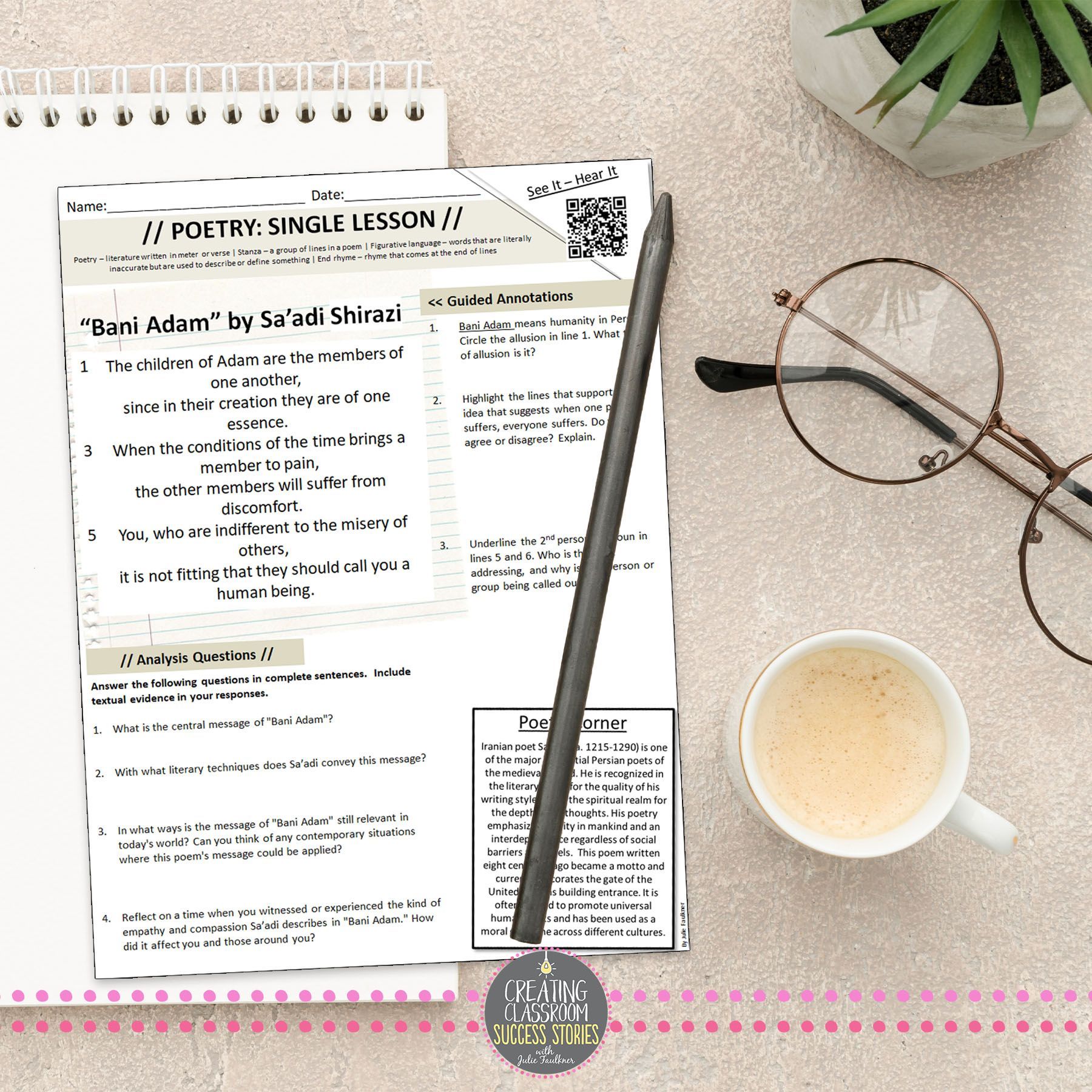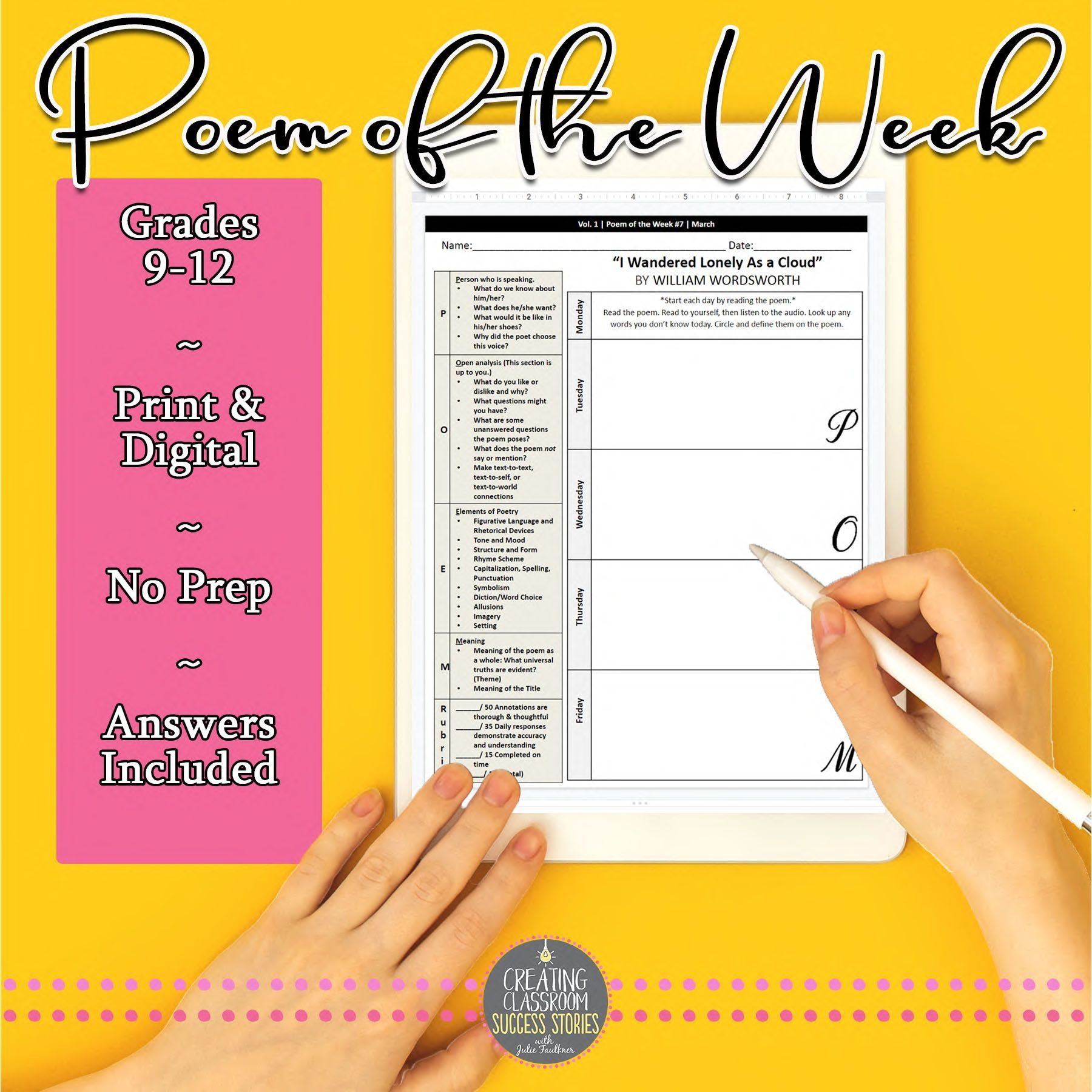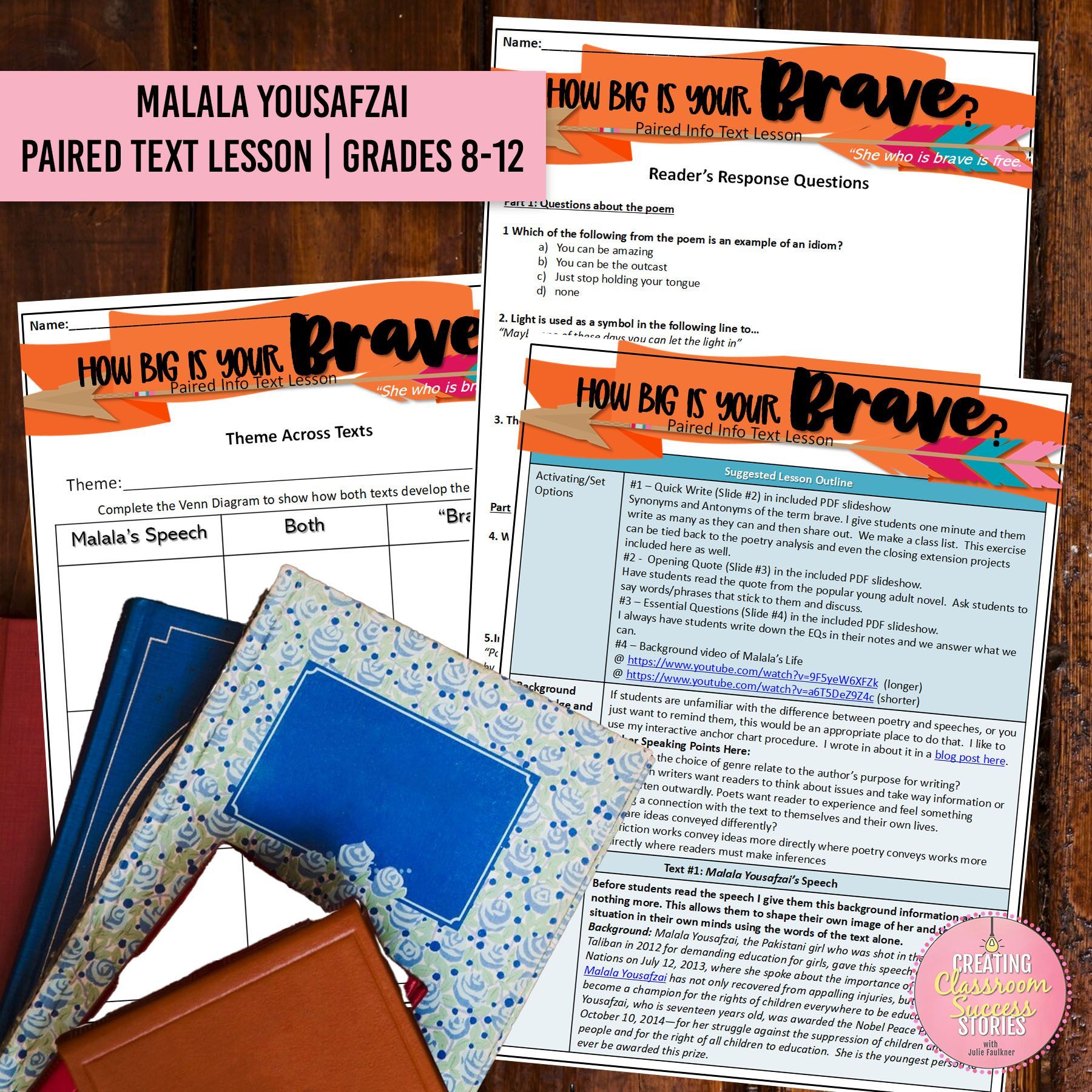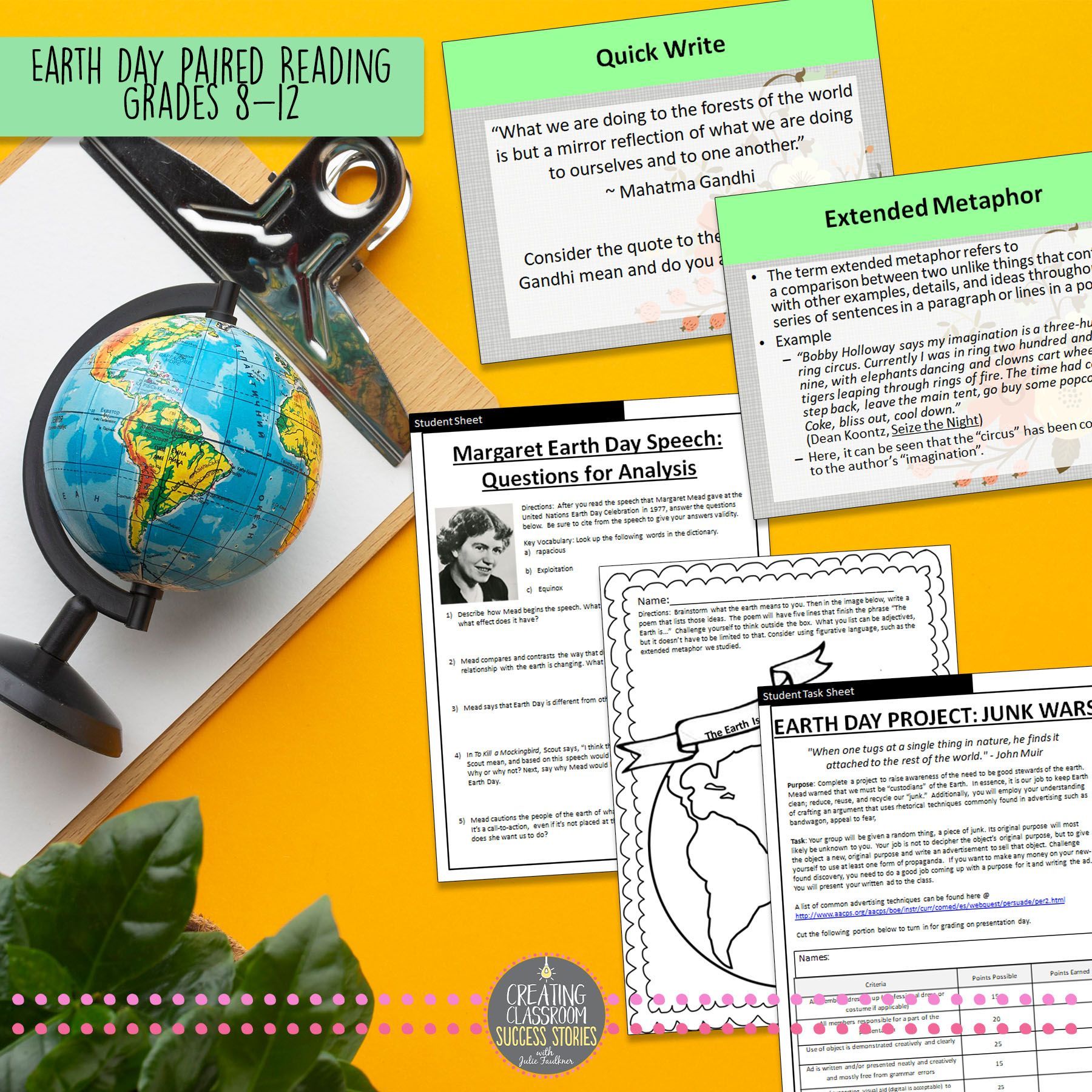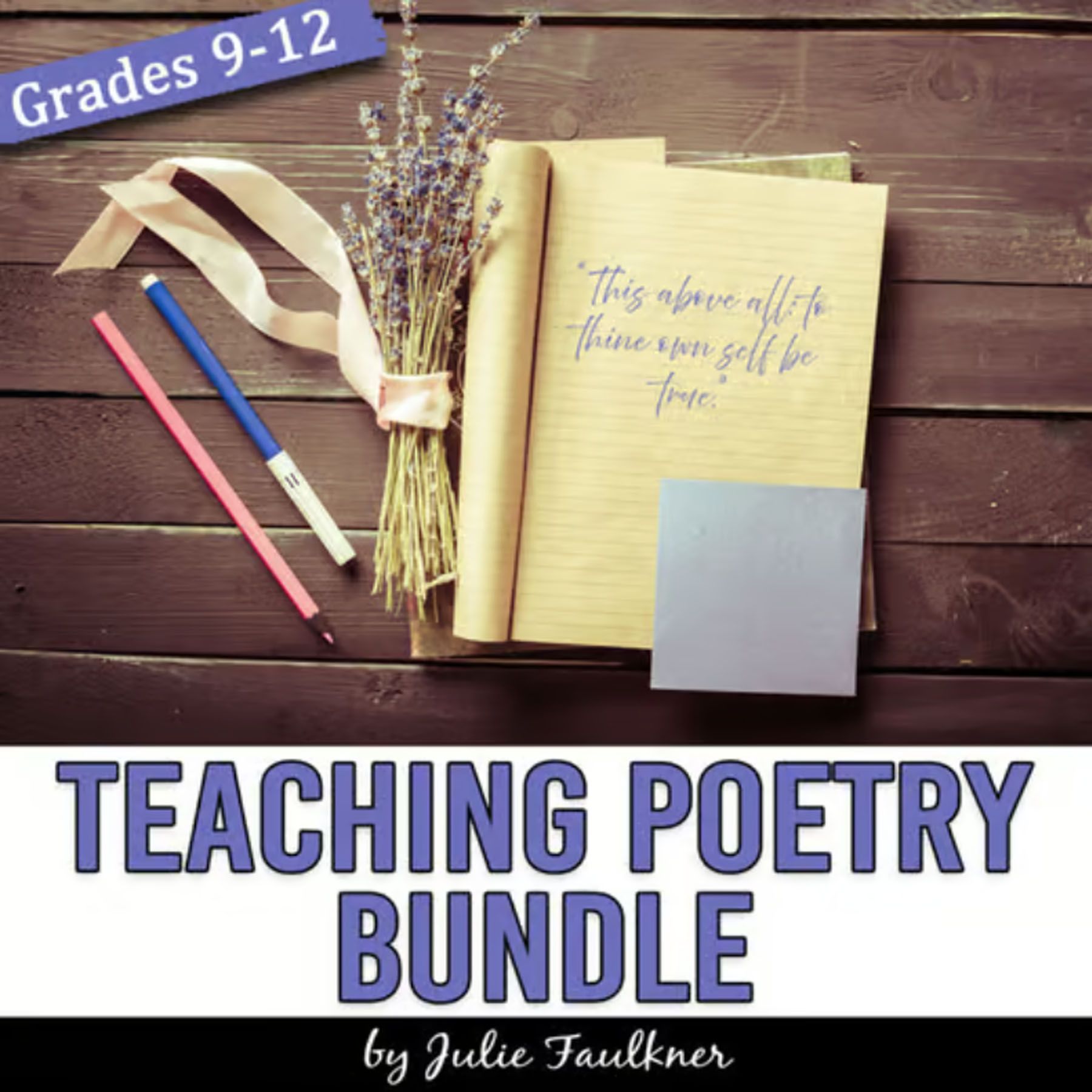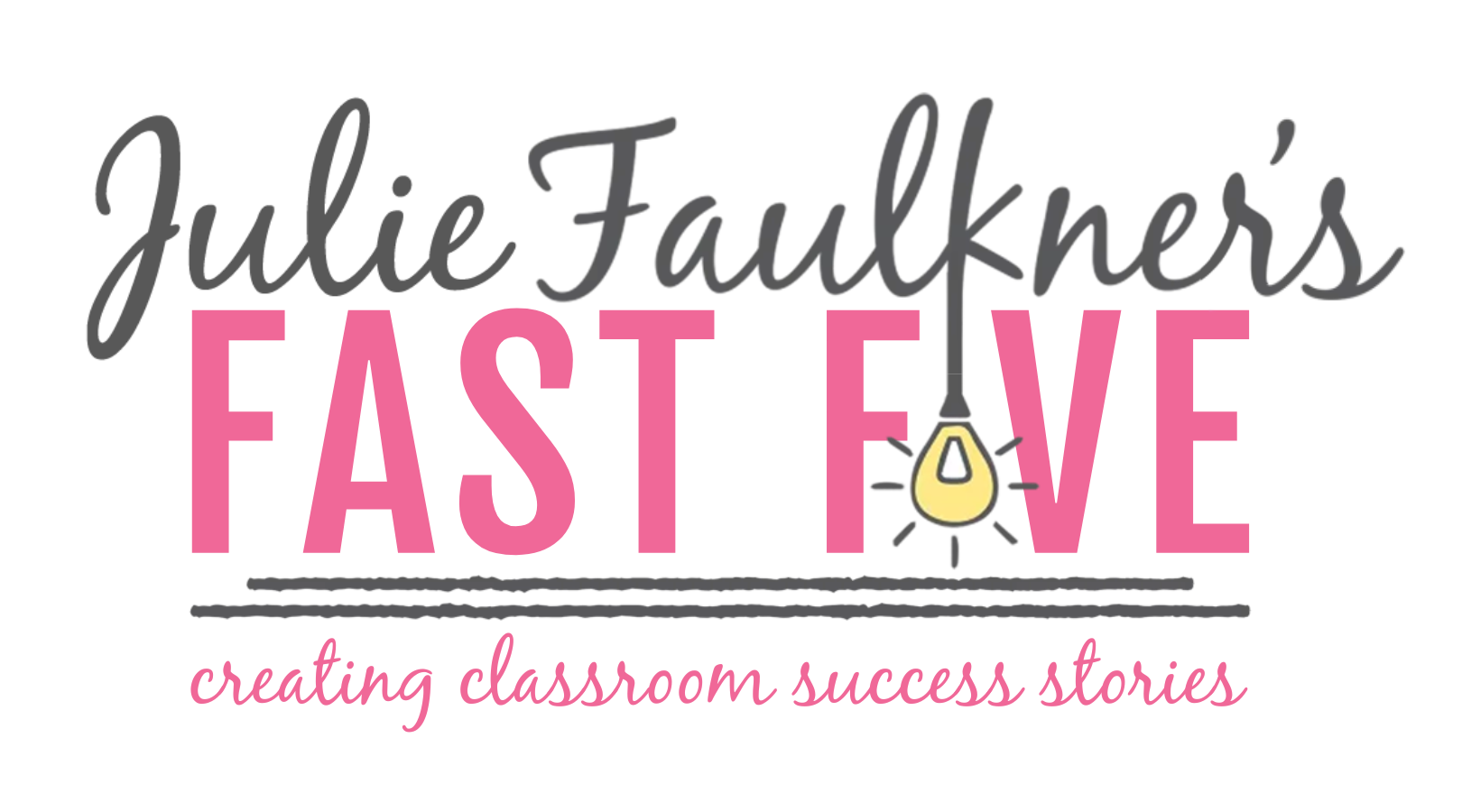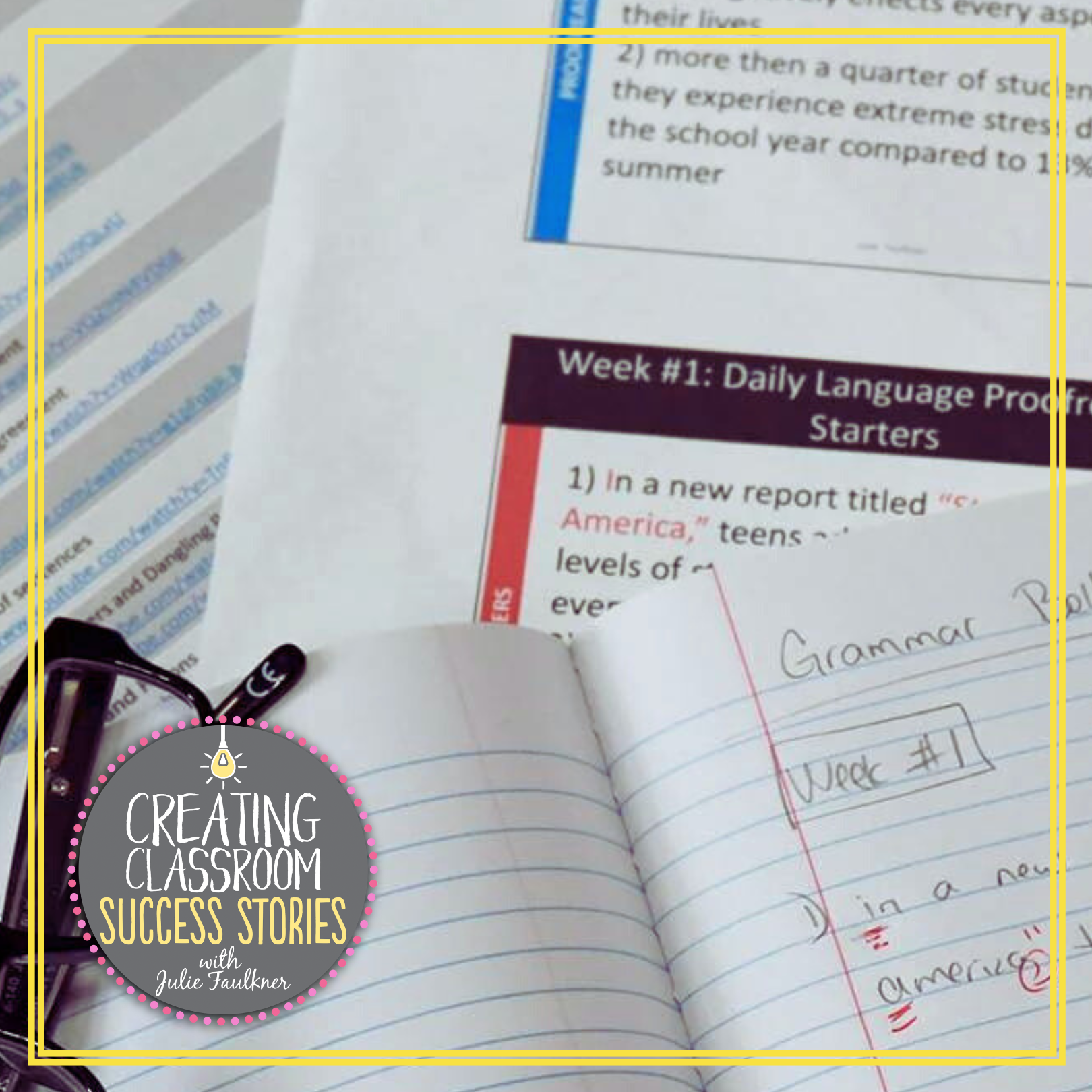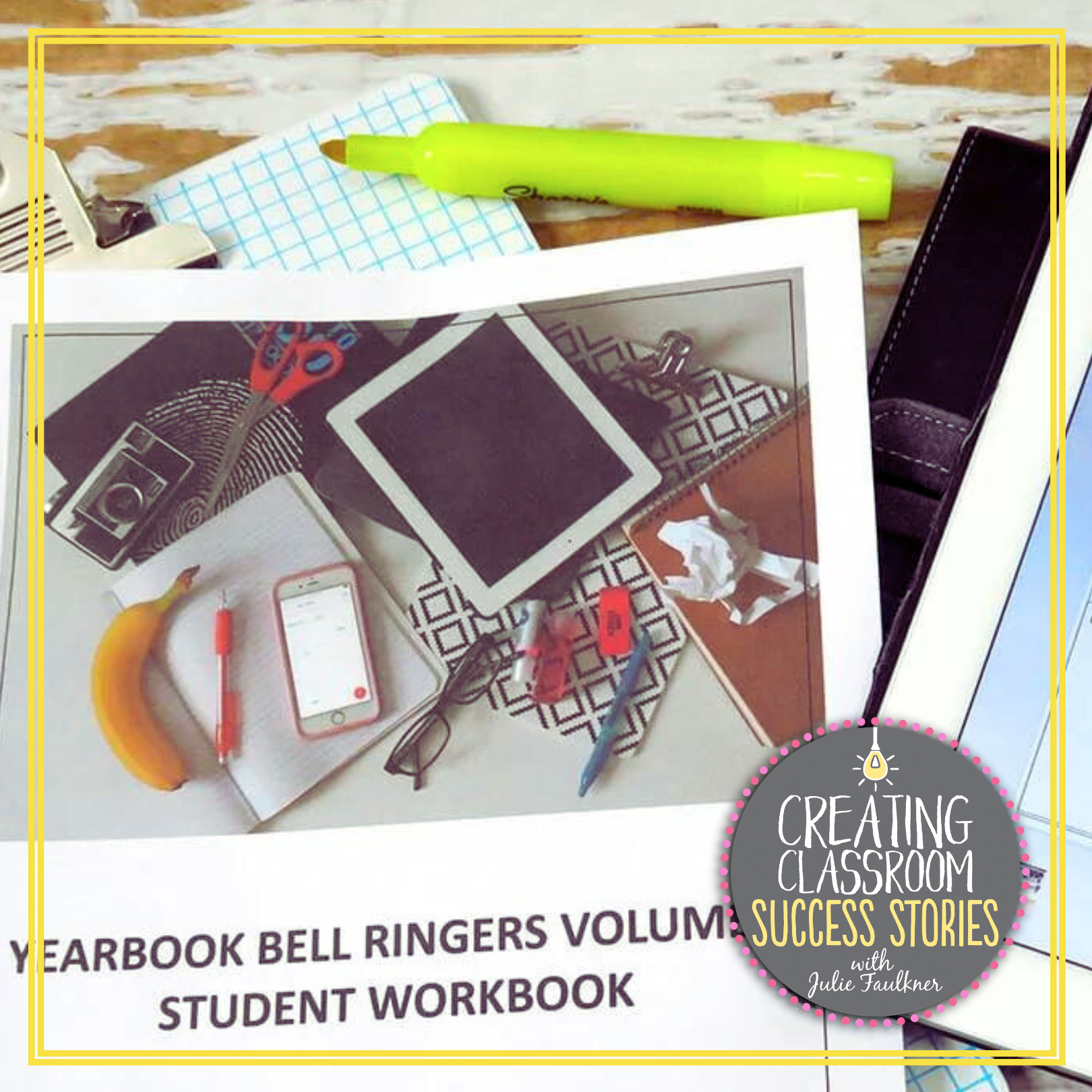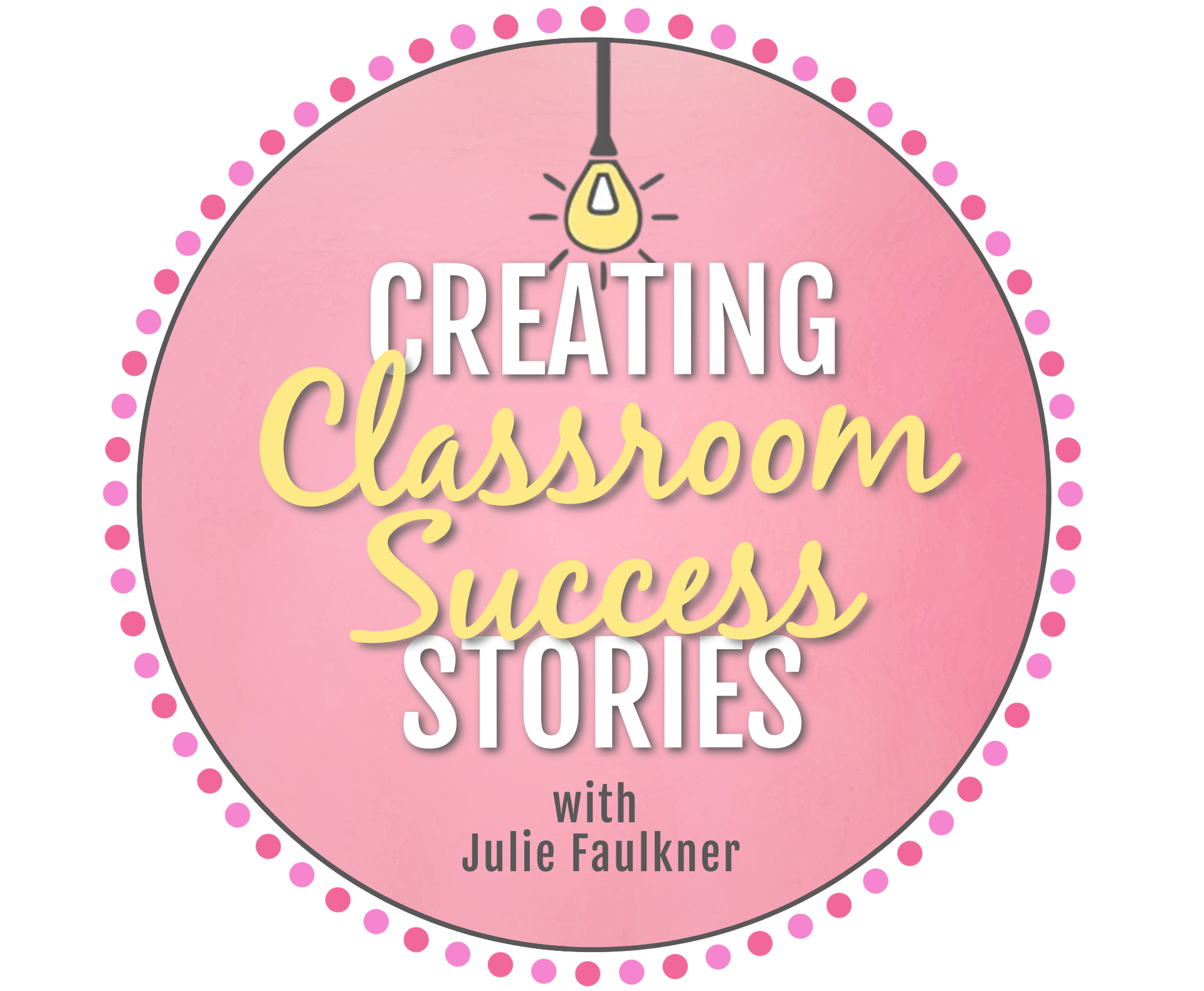No More 'IDK': Effective Strategies for Teaching Poetry in Secondary ELA
You know it. That moment when you ask, “What do you think this poem means?” and a student shrugs with a painfully honest, “I don’t know.”
It’s not that they’re being defiant. Most of the time, they really don’t know how to start. That’s where we English teachers come in. I’ve learned that with a few small shifts, we can build students’ confidence in reading poetry before they even have the chance to feel lost.
These are my go-to strategies for getting ahead of the IDK spiral and making poetry feel less like a mystery and more like a meaningful experience.
Start with Accessible Poems
There’s no shame in starting simple. In fact, it’s strategic. When students feel like they get it, they’re more willing to try again. I always begin with high-interest, relatable poems that are emotionally resonant and easy to follow—no dense metaphors or Shakespearean syntax required.
(Pro Tip: My Poetry Mini Lessons, Surviving Senioritis & End-of-Year, BUNDLE of Five Poems includes just-right texts that ease students into analysis without overwhelm.)
Model the Process
Reading poetry is a learned skill, not a magical talent. I take time to read poems aloud and think through my annotations in real time—What do I notice? What’s confusing? What stands out? Students need to see that even we don’t always “get it” right away. That vulnerability builds trust and skills.
Use Guided Annotations
My favorite teaching “hack” for teaching poetry and beating the "IDK" response? Guided annotations. Instead of asking students to dive into a blank poem with zero direction, I give them prompts:
- What’s the tone in stanza 1?
- Highlight with a blue highlighter all of the negatively connotated words.
- Circle any repeated words.
This turns passive reading into active thinking—and it works across genres, not just poetry. Students start to see patterns and from those patterns... meanings!
(Pro Tip: You can grab a done-for-you set of
Guided Annotations for Any Text
for FREE here and
watch a video where I explain my process for guided annotations more in depth.)
Chunk with an Accessible Strategy
I teach students to take it one bite at a time using a poem acronym or chunking strategy. Think: structure, shifts, tone, title, theme. This scaffolding gives them a roadmap and helps them process the poem in manageable pieces.
If you want an easy-to-implement structure, I share my go-to Poetry Analysis Acronym Strategy in this video.
Pair Poems with Other Texts
When poetry is part of a bigger conversation—paired with fiction, nonfiction, or even media—it just clicks more easily. Students already have a framework for the theme or tone, so the poem becomes an extension, not a stand-alone puzzle.
Try pairing a poem with a TED Talk, short story, or even a podcast—suddenly the theme stands out, and analysis feels purposeful. Pairing poetry is also an effective differentiation for accelerated learners, and it promotes critical thinking as students are exercising their ability to make connections across texts.
Conclusion
Helping students get poetry isn’t about dumbing it down—it’s about giving them the tools and confidence to dig in. By frontloading these strategies, we shift the focus from “I don’t know” to “Here’s what I noticed.” And that’s where the real magic starts!
If you’re ready to make poetry feel less intimidating and more engaging, explore my Poetry Resource Collection for easy-to-use tools that support every strategy in this post.


















